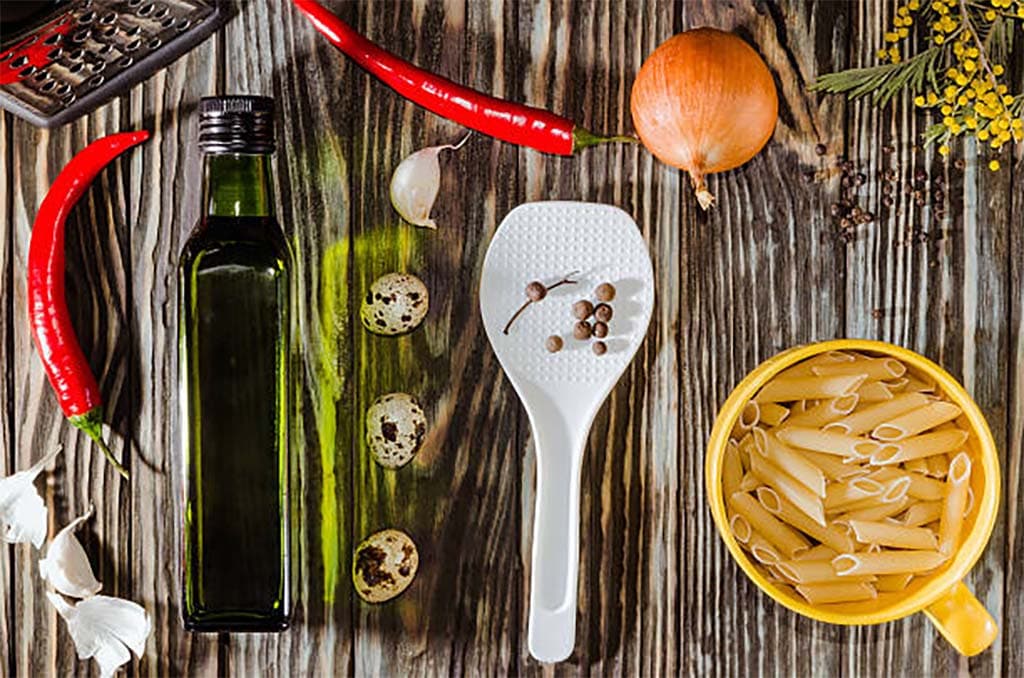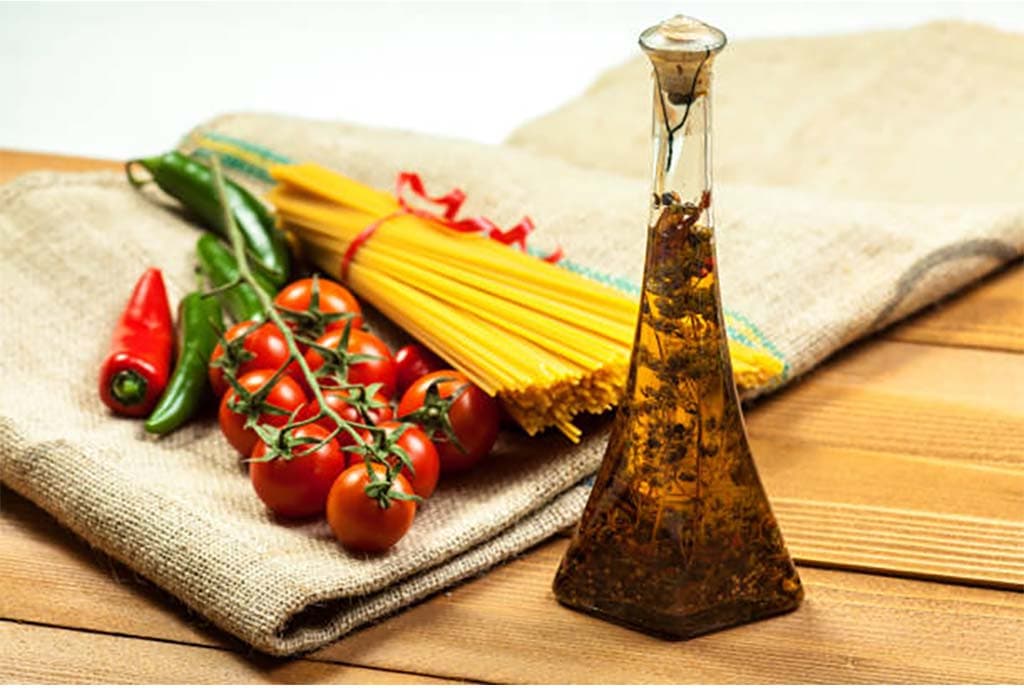Bringing Back Lost Flavors: Reviving Italy’s Ancient Ingredients
Many ingredients providing the foundation for Italian culinary traditions neared eradication due to industrialization and urbanization. Ancient grains, obscure wine grapes, heirloom fruits/vegetables and heritage animal breeds central to signature dishes faced extinction. But networks of university researchers, nurseries, nonprofits, and government agencies now collaborate to resurrect vulnerable agriculture. Academics study and archive data on crops genetically suited to localized microclimates that industrial farming discontinued. This assists nurseries focused on propogating and distributing seeds to regional growers reviving niche produce. Much of this rare agriculture gets featured by the Slow Food movement which certifies small-scale producers upholding traditional cultivation practices. Renowned chefs also back ingredient revivals by sourcing foodstuffs and wines from once-endangered crops. Farmers then gain sustainable outlets to grow heritage items on modest plots rather than remaining reliant on standard market options dominated by mega-distributors.
Regional Crop and Livestock Comebacks
Lazio once boasted dozens of wine grapes well-suited to its volcanic soil including Bellone and Bonvino Nero. But a 19th century phylloxera epidemic followed by merchants pushing high-yield varieties nearly eliminated these vines integral to Roman gastronomy. After decades in obscurity, small vineyards near Lake Bracciano reclaim Lazio’s legacy through limited plantings, while an ampelography institute safeguards genetic material for mass production if demand expands. Elsewhere, redirecting the Tiber River’s flow in the 1930s enabled industrial agriculture around Ferrara but proved catastrophic for bassa padana chicken. Adapted to roaming wetlands, the breed and their rich eggs nearly faded until preservation efforts reestablished niche farmers. One enterprise on reclaimed marshland closes the circle by pairing this rescued poultry with herbs grown once again in native soil. Stories like this repeat across ingredients and regions – from garlic in Sulmona to pigs on Nebrodi mountains – as alternatives to industrial dominance regain footholds supporting Italy’s food future.
Economic and Environmental Impacts

Preserving Italy’s niche agriculture counters harmful biodiversity loss while stimulating rural investment. Regional crop or livestock recovery efforts frequently target hillside terrain and rehydrated plains ill-suited for intensive farming. Small-scale regional producers thus mitigate land abandonment threats stemming from unprofitable mass agriculture in such areas. Unique varietals likewise better withstand seasonal shifts and require less intervention than standardized crops. Keeping rare plants and animal breeds through non-commercial channels safeguards genetic resilience. Tourism and export profits also accumulate for rural communities through exclusive cured meats, cheeses and wines which conscious global consumers increasingly seek out. Though modest output limits mass marketing, premium pricing designated foods and beverages creates a lifeline for villages while preventing species extinction. What emerges is a sustainable circular system – preserving heritage strengthens both environment and economy.
Safeguarding Italy’s Food Future
Italy’s cuisine holds such renown in part thanks to ingredients uniquely fused to microregional terrain – designs perfected over centuries which struggled to adapt to rapid modern changes. But through targeted assistance securing footholds again for endangered livestock and plant varietals within suitable spaces, the pillars of authentic cooking re-stabilize. Nimbly archiving and monitoring rare species prevents losing them forever too if diseases recur. Though small-batch output cannot replace commoditized chains, carving separate specialty markets increasingly resonant with conscious eaters and travelers sustains heritage cultivation economically. Within an overall landscape still necessitating sweeping change, rescuing plants, wines and animals from extinction through grassroots collaboration signifies promise. The seeds both literal and metaphorical now get planted to nourish Italy’s vibrant food traditions for generations yet to come.
Preserving More Than Just Food
Rescuing endangered ingredients integral to Italian gastronomy signifies more than sustaining niche agriculture – it means preserving national heritage and rural communities tied to that food production. Generations of artisanal wisdom get passed down rather than lost by bolstering exclusives like Sicilian tomatoes or Tuscan cattle. Struggling villages discover new purpose marketing ingredients rescinded by industrial competitors. Environmental resiliency accumulates by re-localizing varietals genetically suited to the land. And the unmatched character of true Italian cooking persists through the diversity of flavors, textures and scents these revived crops and livestock provide to kitchens now sustainably furnished again with elements once disappearing. More than protecting mere products, Italy’s agricultural preservation efforts uphold culture, sustainability and identity.
The impacts cascade beyond the immediate sub-regions too. From a global perspective, defending at-risk agriculture keeps Italy’s world famous food ecosystem vibrant, maintaining tourism and export interests. Locally sourcing once rare ingredients, chefs worldwide can authenticate regional Italian recipes. Osterias earn distinction on international culinary trails by serving exclusive wines from recovered vines. As heritage breeds and heirloom produce revive, Italy solidifies its unmatched culinary status for destinations like California to Kyoto aspiring to emulate. The focus on niche ingredients too spotlights issues of biodiversity and sustainability now urgent worldwide. In a globally intertwined food system, Italy’s initiatives hold lessons for preserving cultural agriculture and genetic diversity everywhere agricultural modernization threatens place-based food identities. Saving the key ingredients underlying memorable Italian meals ultimately nourishes sustainable, resilient worldwide food future.
